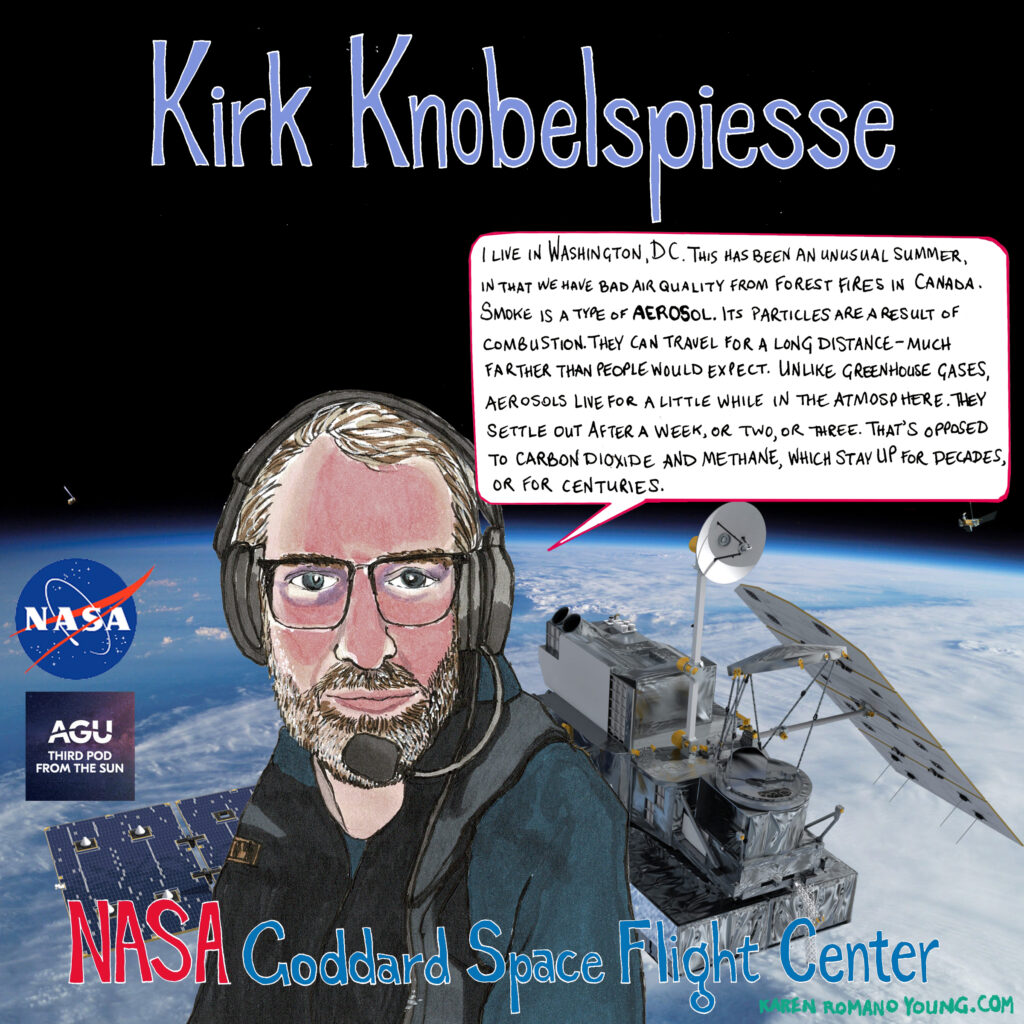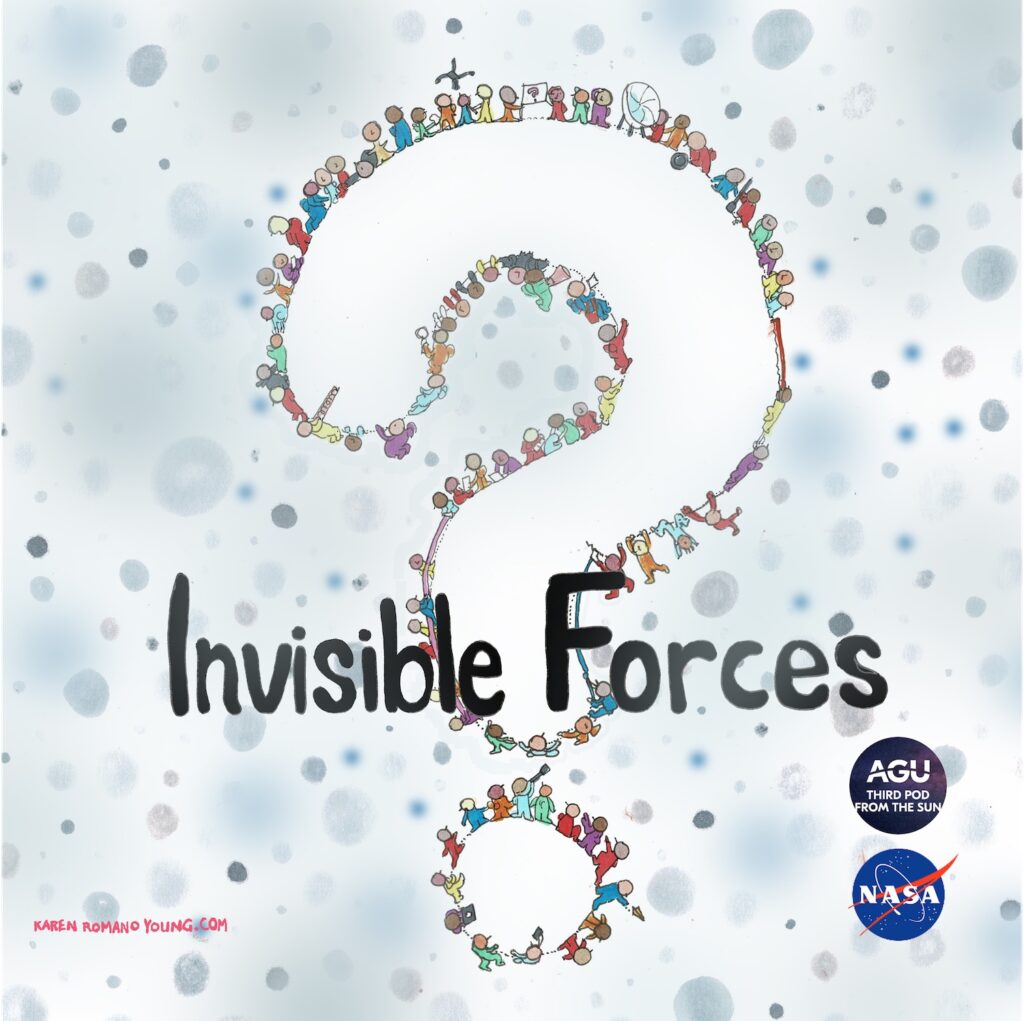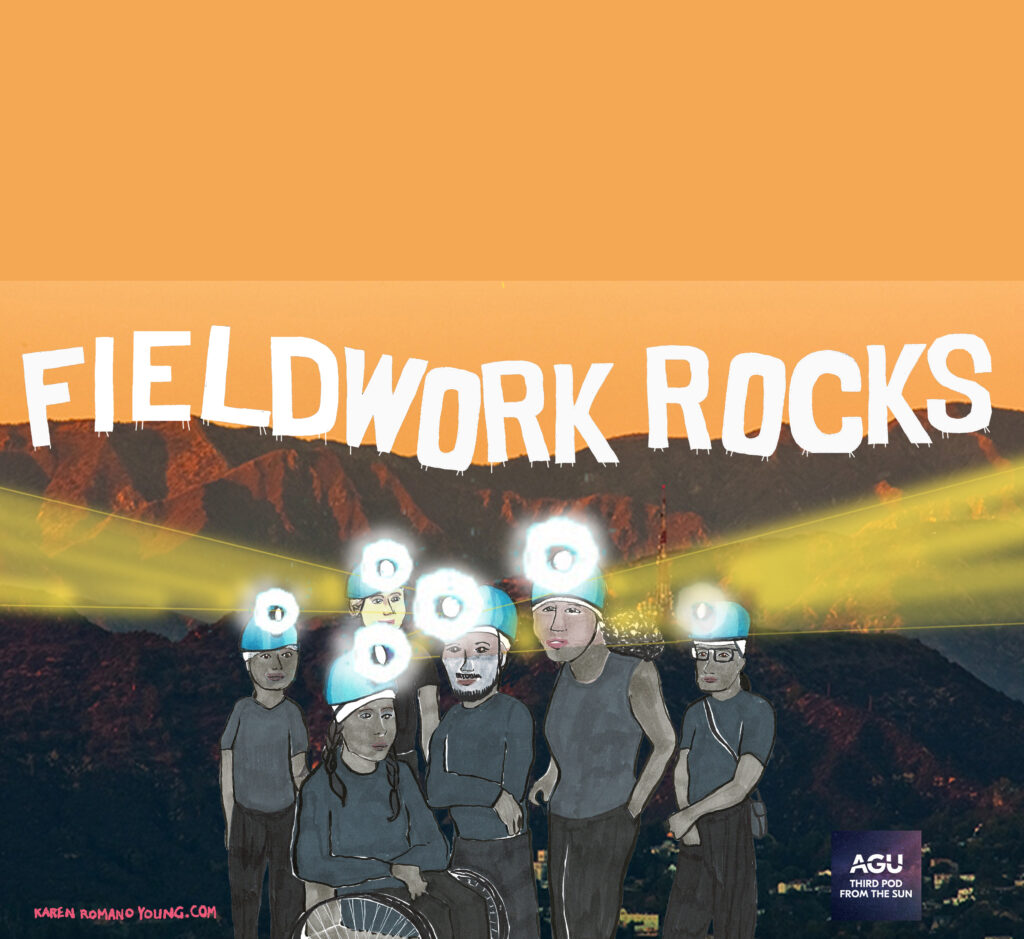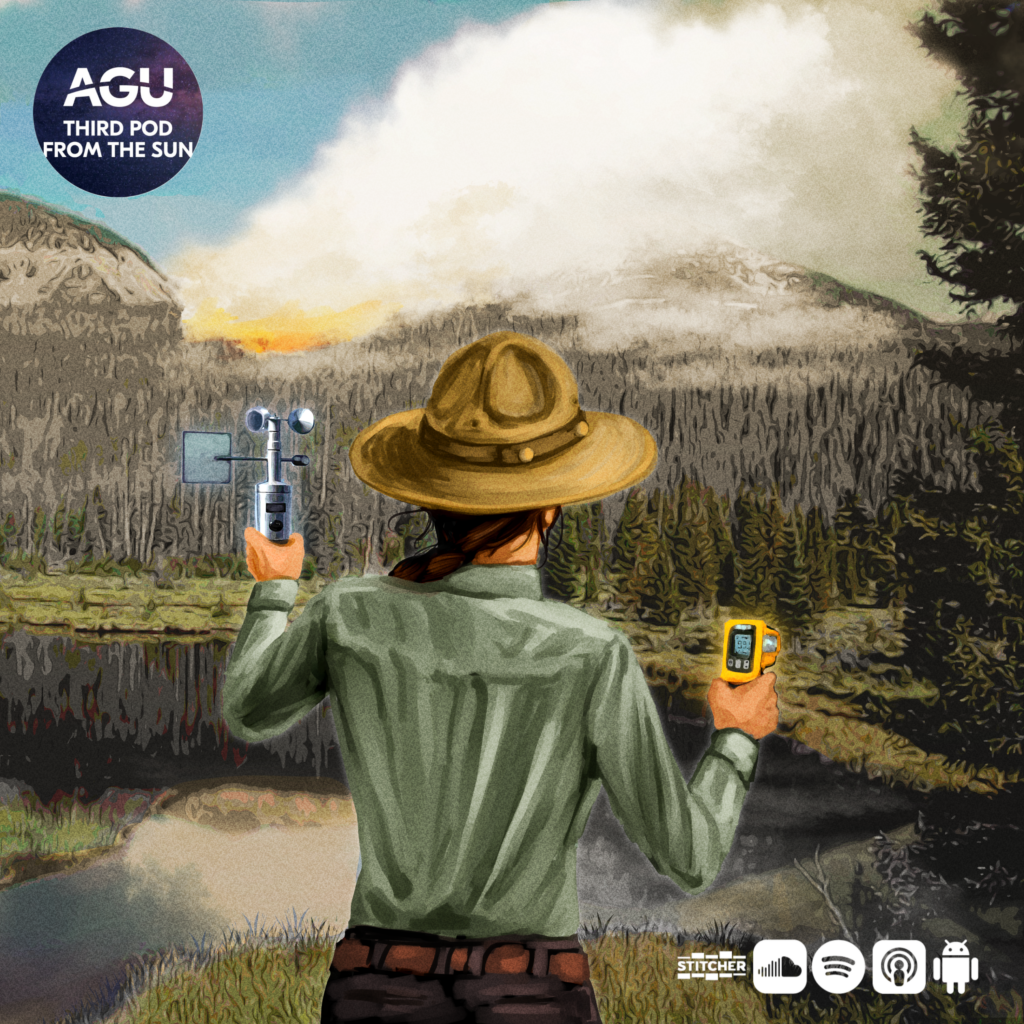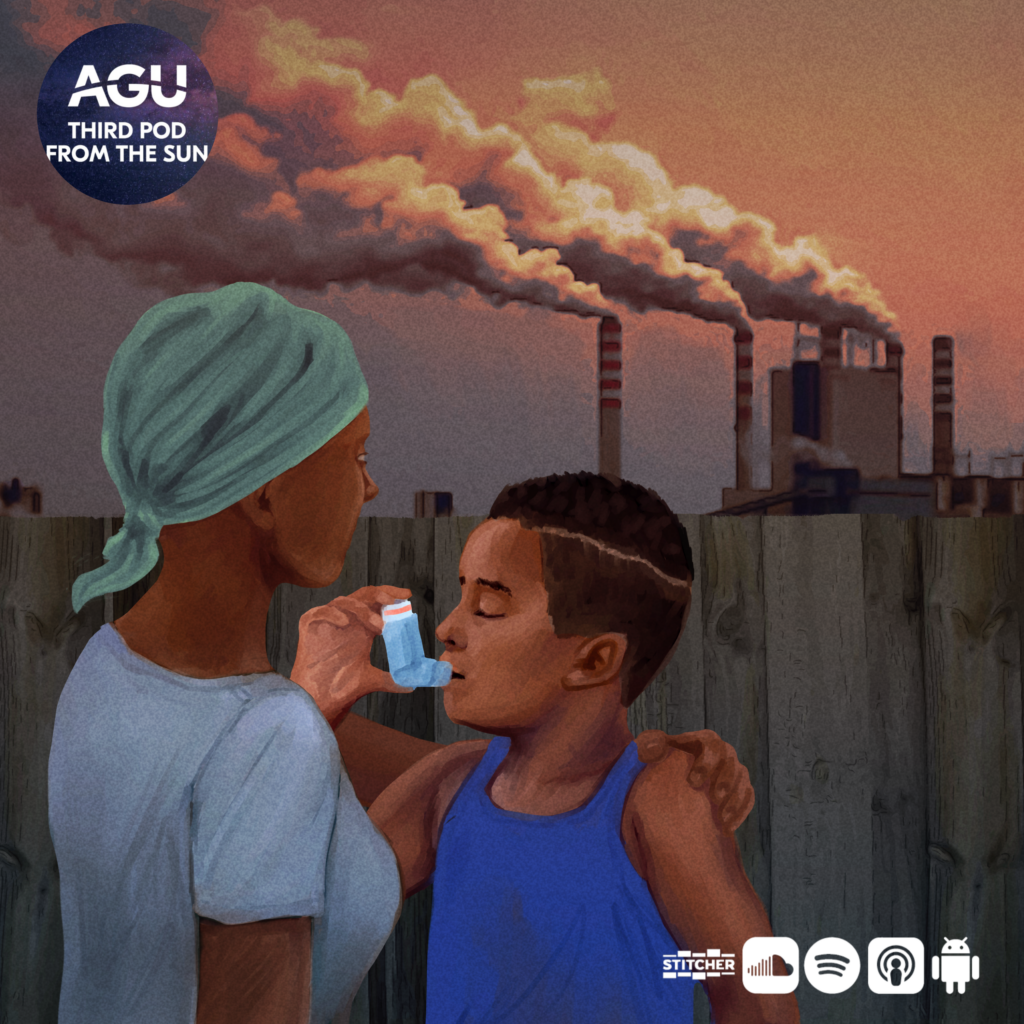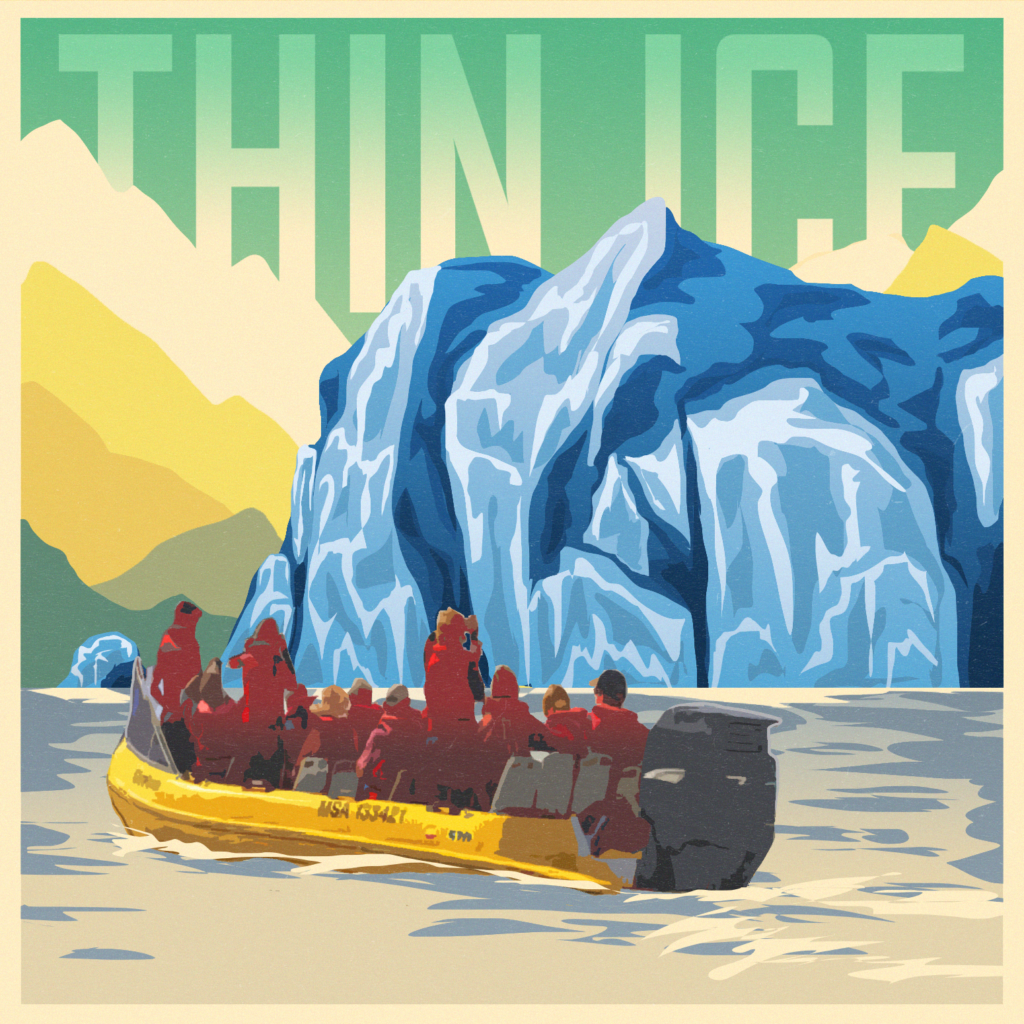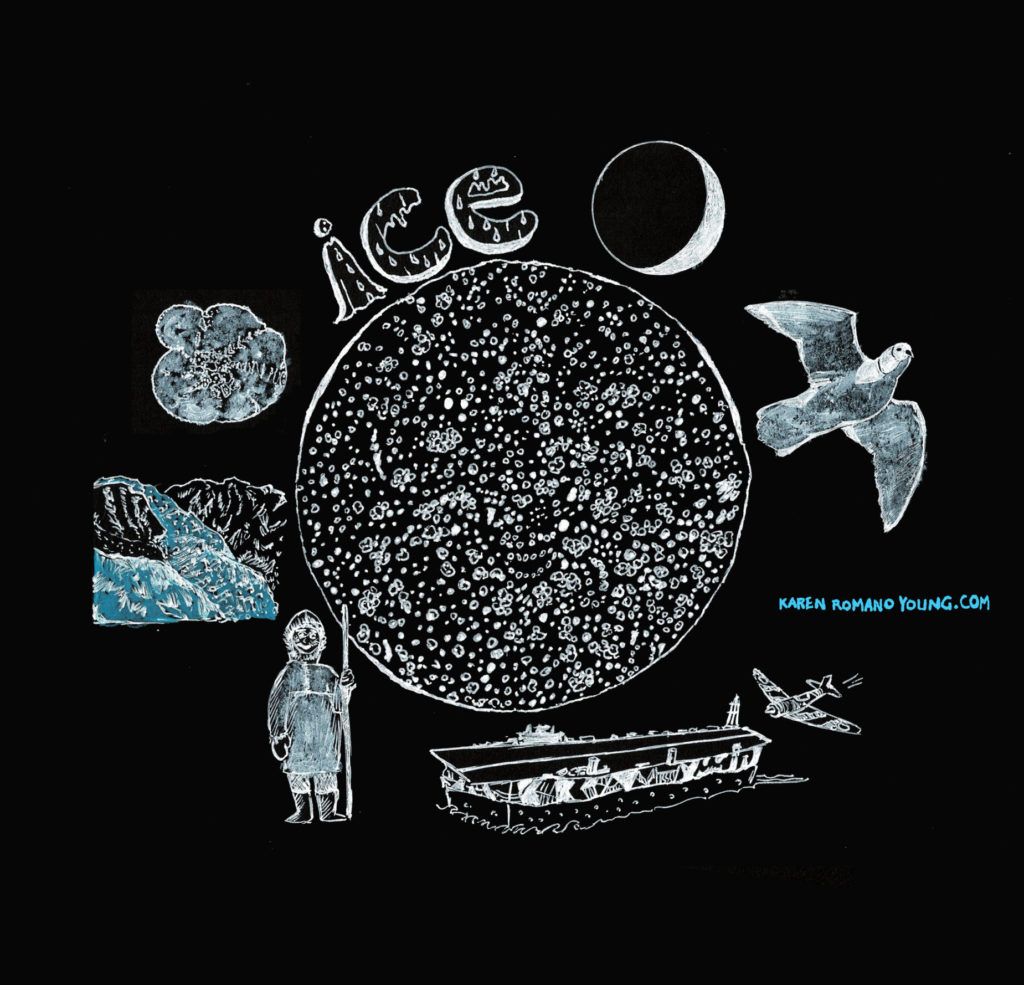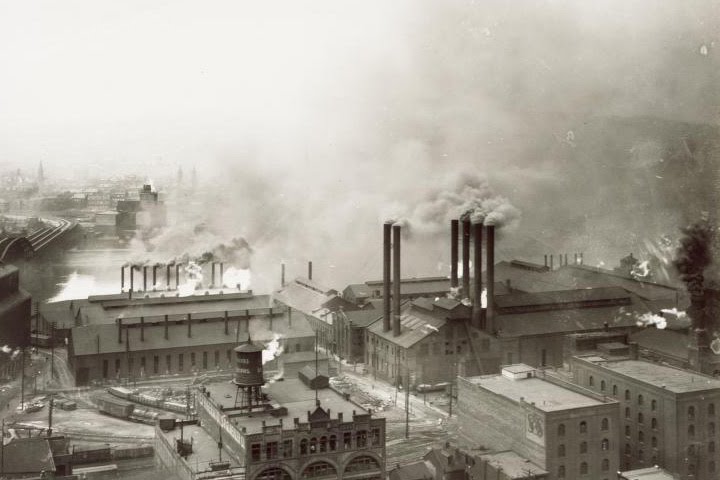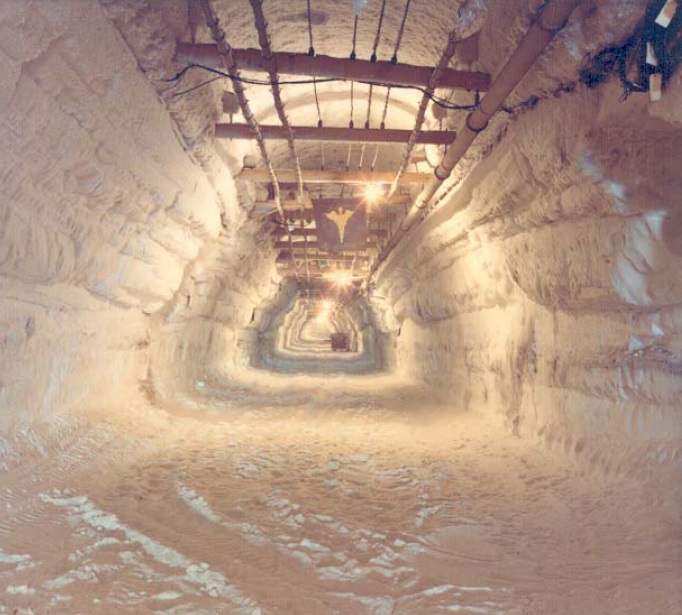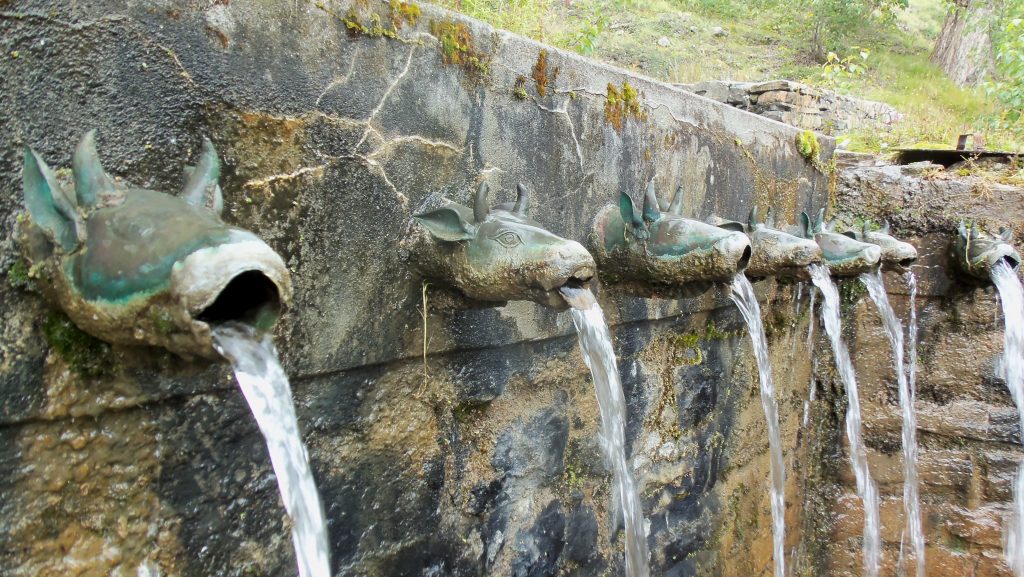Pollution
Invisible forces: Through the cloud of atmospheric aerosols
If you’re a scientist in an oceanography department, you’re probably studying the ocean, right? Well, part of your job might be studying things like phytoplankton, the tiny oceanic powerhouses that play a crucial role in our planet’s ecosystem. But how about clouds? Oh, and the properties of light, too?
Read MoreInvisible forces
We’re journeying into the mysterious world of invisible forces that shape our lives in ways we often overlook for our next series! Join us as we, explore nuclear energy, feel the pull of magnetic fields, and more.
Read MoreFieldwork rocks
It’s that time of year again where many scientists head out into the field, from far-flung locations to local backyards. In recognition of the lengths that some scientists go to to get answers to questions that only the field can provide, we’re sharing stories of science from quaking earth, to roaring winds, to choppy seas, and beyond!
Read MoreSolving for climate: Understanding the “wild” in wildfire
Wildfires seem to be happening more often, and in 2020, Colorado experienced the worst fire season in its recorded history. Extreme fire events are often assumed to be caused by climate change, but it is not immediately clear this is the case.
Read MoreSolving for climate: (Health and safety) in (climate) numbers
We’ve all probably heard about how climate change is affecting the ice sheets and polar bears, but what about human health? More severe and numerous floods, droughts, and heat waves impact a wide range of health outcomes, and shifting biomes may spread diseases to new places. How do scientists understand which portions of health effects are caused by climate change, and how can health organizations be prepared?
Read More14-Ice: Glacier tourism on thin ice
Glaciers around the world are melting because of climate change. Yet, while glaciers might be smaller than they once were, that’s not stopping tourists from flocking to see them.
Read More12.5-A podcast of ice and fire
Cool off from the summer heat with our next six-part miniseries all about ice – from those who call it home to its use as a tool in science.
Read MoreCentennial E7 – Night of the Killer Smog
The Clean Air Act of 1970 was one of the first and most influential environmental laws passed in the United States. But why was this law needed in the first place, and what inspired lawmakers to want to regulate air pollution levels?
Read MoreCentennial E4 – Toxic City Under the Ice
In 1959, the United States built an unusual military base under the surface of the Greenland ice Sheet. Camp Century was a hub for scientific research, but it also doubled as a top-secret site for testing the feasibility of deploying nuclear missiles from the Arctic. When Camp Century was decommissioned in 1967, its infrastructure and waste were abandoned under the assumption they would be forever entombed beneath the colossal sheet of ice.
Read MoreE15 – Polluted Water Everywhere, and Not a Drop to Drink
Water is the most essential of essentials. We can survive weeks without food but only days without water. And it’s something that many of us take for granted. But water is not as plentiful, available, and clean in all parts of the world. And with climate change, water is going to become (and is already)…
Read More
